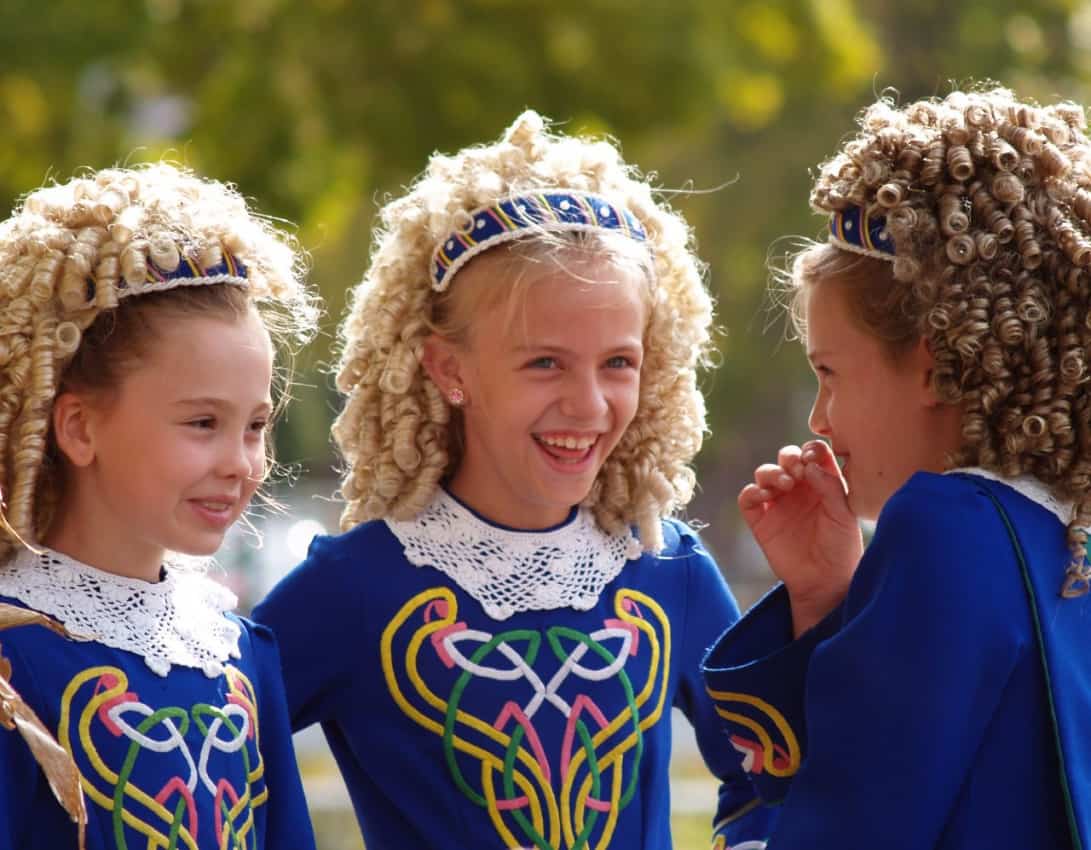
Recognized worldwide thanks to shows such as Riverdance, Irish dance has become both a competitive sport and a means of artistic self-expression.
Over 3,000 years ago, the Celtic people immigrated to Ireland, bringing with them a new type of dancing now commonly known as Irish dance. Irish dance is recognized by its emphasis on intricate footwork and technical jumps or kicks.
Dancers generally perform with a stiff upper body in order to accentuate the complexity of their footwork and dance in conjunction with musical instruments such as the fiddle, accordion or an Irish drum called a Bodhrán.
Luanne Schlosser is a certified Irish dance instructor and owner of the Blakey Irish Dance school here in Saskatoon. She says that there are several theories as to why Irish dancing uniquely showcases an individual’s footwork while the dancer maintains a rigid upper body.
“My education on the matter is that dancing was forbidden in Ireland for a period of time, and so dancers would keep their arms down while dancing so that the local priest couldn’t see what they were doing through the windows as he made his rounds,” Schlosser said.
Another belief is that a group of Irish dancers were forced to perform for the sitting Queen of England at the time, who is believed to have been Queen Elizabeth I. These dancers kept their arms down as a sign of subversion to her authority and the English people. Such defiance may be attributed to the fact that in the 14th century, Irish culture was outlawed by the Statute of Kilkenny.
Despite Irish dancing’s timeless and distinctive features, Schlosser believes that the sport has changed as it has grown in popularity.
Modern Irish dance is rooted in three early forms of 16th century dances — rince fada, trenchmore and Irish hey, each of which have influenced present-day jigs. In the 18th century, dancing grew more disciplined and was taught by dance masters, each with their own unique set of skills.
“Irish dance has become increasingly athletic and commercialized in the last two decades. Many see the emergence of shows like Riverdance and Lord of the Dance as the driving force behind the popularity of what once was more of an artform practiced amongst those of Irish origin,” Schlosser said.
The teacher and business owner also noted that the rise of social media has contributed to the exposure of the sport. Dancers across the globe compete to attend world class competitions such as world championships and North American championships, each of which are regarded as the Olympics of Irish dance.
Dancers dedicate hours of their week to the sport in pursuit of a title and trophy though there is no monetary reward.
For those of you intrigued by Irish dance in all of its Celtic glory, there are many ways to get involved with Irish dance today. There are several Irish dance schools in Saskatoon, including River City, Brady Academy and Blakeyl.
Each school has their own unique style of costuming, dancing and performing. They also offer both competitive and recreational programs available to those interested in learning the sport.
As for the benefits, Schlosser believes that Irish dance provides students with skills that dancers will carry with them for the rest of their lives.
“Of all the dancers I have taught, there is a strong correlation between the highly competitive dancers and those who go on to become leaders in their field of study and work,” Schlosser said.
After being involved in the sport for 26 years, Schlosser feels that Irish dance increases an individual’s athleticism, ability to work as a teammate and time management.
“As some say, ‘for the love of Irish dance!’ because at the end of the day, there is nothing more,” Schlosser said.
—
Thea Pearce
Photo: Supplied